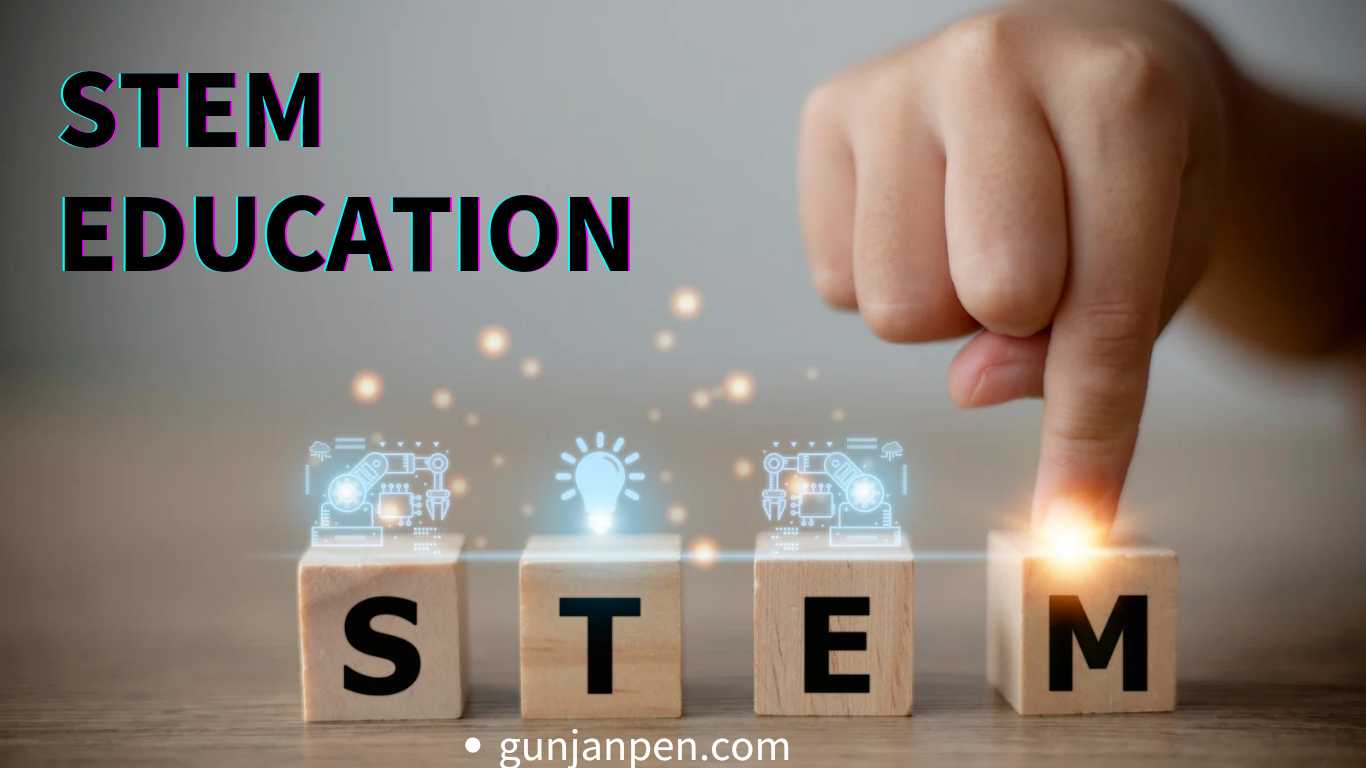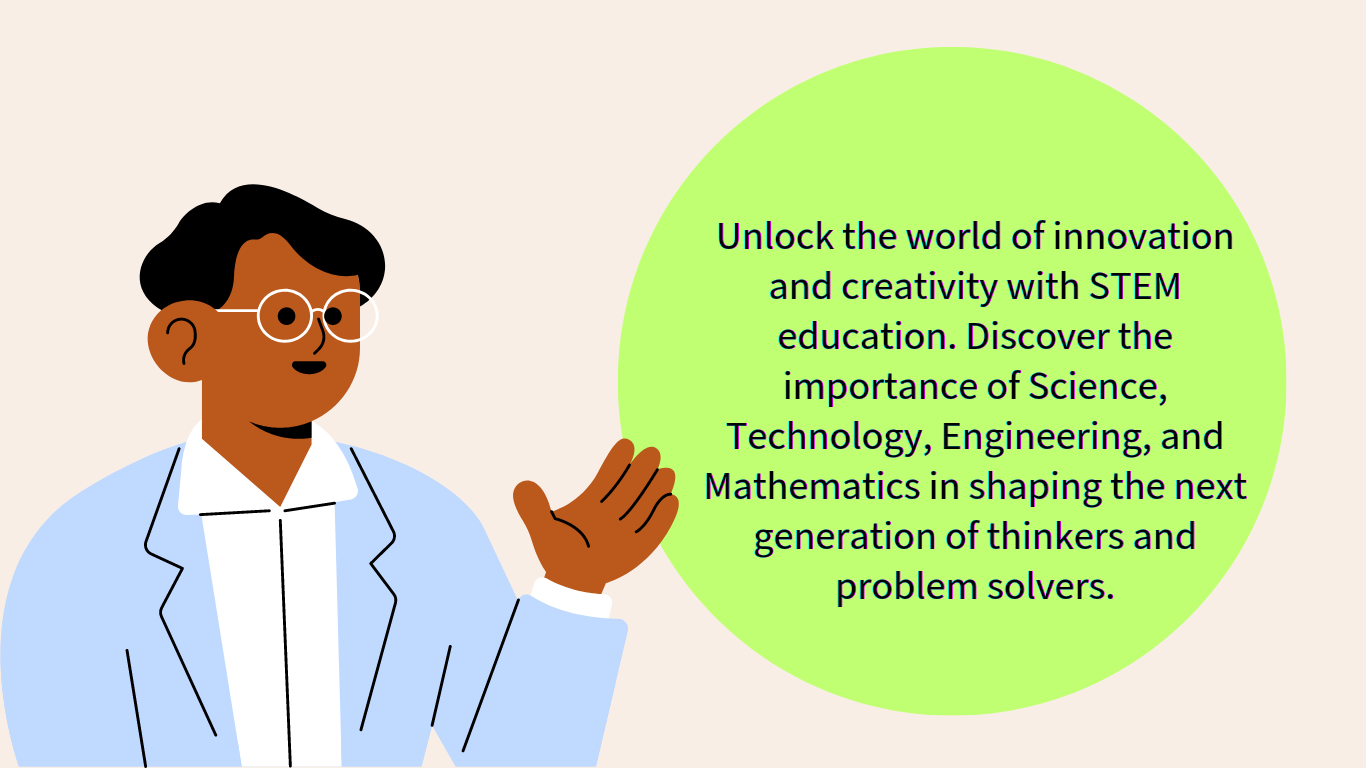In today’s rapidly evolving world, STEM education stands as a beacon of hope and progress, lighting the path for the next generation of innovators. Science, Technology, Engineering, and Mathematics (STEM) have become not just academic subjects, but rather the driving forces behind advancements that shape our future. This article delves into the significance of STEM education in inspiring young minds, fostering creativity, and building a foundation for a world that thrives on innovation.
Table of Contents
- Introduction
- Why STEM Education Matters
- Fostering Curiosity Through Science
- Unlocking Boundless Possibilities with Technology
- Engineering: Where Imagination Meets Real-World Solutions
- The Power of Mathematics in Problem Solving
- Integrating STEM Across Disciplines
- Hands-On Learning: Turning Theory into Practice
- Challenges in STEM Education
- Diversity and Inclusion in STEM
- Inspiring Future Innovators
- Preparing Students for Technological Advancements
- STEM Careers: Paving the Way for Success
- The Role of Teachers and Mentors
- Collaboration and Teamwork in STEM
- Conclusion
- FAQs
Introduction
STEM education goes beyond textbooks and classrooms. It’s a holistic approach that encourages critical thinking, problem-solving, and creativity. As technology continues to shape our world, a solid foundation in STEM has become more crucial than ever before.

Why STEM Education Matters
STEM education empowers students to think analytically and approach challenges methodically. It equips them with skills that extend far beyond their academic years, enabling them to adapt and contribute to a rapidly changing society.
Fostering Curiosity Through Science
Science opens doors to discovery. It nurtures curiosity, encouraging young minds to question the world around them. From conducting experiments to understanding natural phenomena, science instills a sense of wonder and a desire for exploration.
Unlocking Boundless Possibilities with Technology
Technology is the driving force behind innovation. It has the power to revolutionize industries, simplify tasks, and connect people worldwide. STEM education introduces students to the wonders of technology, inspiring them to become creators rather than just consumers.
Engineering: Where Imagination Meets Real-World Solutions
Engineering bridges the gap between imagination and reality. It challenges students to design, build, and improve structures and systems that enhance everyday life. Through engineering, creativity finds practical applications.
The Power of Mathematics in Problem Solving
Mathematics is the language of patterns and logic. It teaches students to approach problems with systematic precision. A strong mathematical foundation equips individuals to dissect complex issues and find effective solutions.
Integrating STEM Across Disciplines
STEM doesn’t exist in isolation. It’s an interdisciplinary approach that shows how subjects are interconnected. By blending science, technology, engineering, and mathematics, students develop a holistic understanding of the world.
Hands-On Learning: Turning Theory into Practice
Hands-on learning cements theoretical knowledge. When students actively engage with concepts, they grasp them more profoundly. STEM education encourages experimentation, turning classrooms into hubs of exploration.
Challenges in STEM Education
Despite its importance, STEM education faces challenges such as outdated curricula and unequal access. Addressing these issues is crucial to ensure that all students have an equal opportunity to engage with STEM.
Diversity and Inclusion in STEM
Diversity fuels innovation. Encouraging underrepresented groups to pursue STEM creates a richer pool of perspectives. Inclusion ensures that the next generation of innovators reflects the diversity of the world they aim to improve.
Inspiring Future Innovators
Fueling passion is key to inspiring future innovators. Hands-on experiences, real-world applications, and relatable role models ignite the spark of curiosity that drives students to explore STEM fields.
Preparing Students for Technological Advancements
The future holds technological advancements that we can’t yet imagine. STEM education equips students with adaptable skills, enabling them to embrace and contribute to the innovations of tomorrow.

STEM Careers: Paving the Way for Success
STEM education opens doors to a myriad of careers. From medicine to space exploration, technology to environmental science, STEM graduates are at the forefront of shaping a better world.
The Role of Teachers and Mentors
Teachers and mentors play a pivotal role in nurturing young minds. Their guidance and enthusiasm can make STEM subjects come alive, fostering a love for learning and discovery.
Collaboration and Teamwork in STEM
STEM projects often require collaboration. Learning to work in teams enhances communication skills and teaches students how to combine their strengths to achieve common goals.
READ MORE:
PS5 PRO: Lunch Date, Price, and Specs Leaked – All You Need to Know!
TCS Xplore: Unleashing the Power of Learning and Growth-2023
Conclusion
STEM education isn’t just about formulas and equations; it’s about empowering the next generation to push boundaries and redefine what’s possible. By fostering curiosity, critical thinking, and a passion for innovation, STEM education sets the stage for a brighter future.
FAQs
Q1: What is STEM education?
STEM education focuses on science, technology, engineering, and mathematics, providing students with skills and knowledge that are vital in a technology-driven world.
Q2: Why is STEM education important?
STEM education equips students with problem-solving skills, critical thinking abilities, and a foundation for future careers in various fields.
Q3: How does STEM education promote creativity?
STEM education encourages hands-on learning and experimentation, allowing students to explore their creativity while applying theoretical concepts.
Q4: What are some popular STEM careers?
STEM careers include roles in computer science, engineering, medicine, data analysis, and environmental science, among others.
Q5: How can schools promote diversity in STEM fields?
Schools can promote diversity in STEM by providing equal opportunities, encouraging underrepresented groups, and showcasing diverse role models.
Unlock the world of innovation and creativity with STEM education. Discover the importance of Science, Technology, Engineering, and Mathematics in shaping the next generation of thinkers and problem solvers. Explore how STEM education fosters curiosity, prepares students for future challenges, and opens doors to exciting career opportunities. Dive into a comprehensive guide that highlights the benefits, challenges, and impact of STEM education on our rapidly evolving world. Join the journey of inspiring young minds and paving the way for a brighter tomorrow.
Mathematics education in the United States
- Pre-STEM
- Science, Technology, Engineering and Mathematics Network
- Society of Hispanic Professional Engineers (SHPE)
- STEM Academy
- STEM.org
- STEM pipeline
- “Science, Technology, Engineering, and Mathematics (STEM) Education: A Primer” (PDF). Fas.org. Archived (PDF) from the original on 2018-10-09. Retrieved 2017-08-21.
